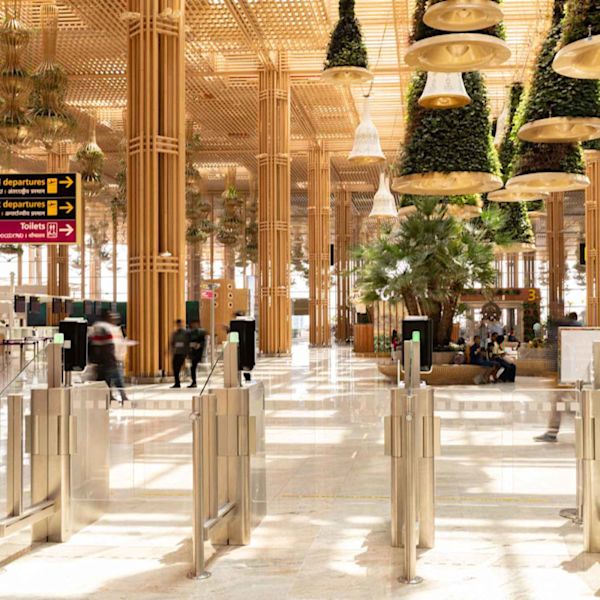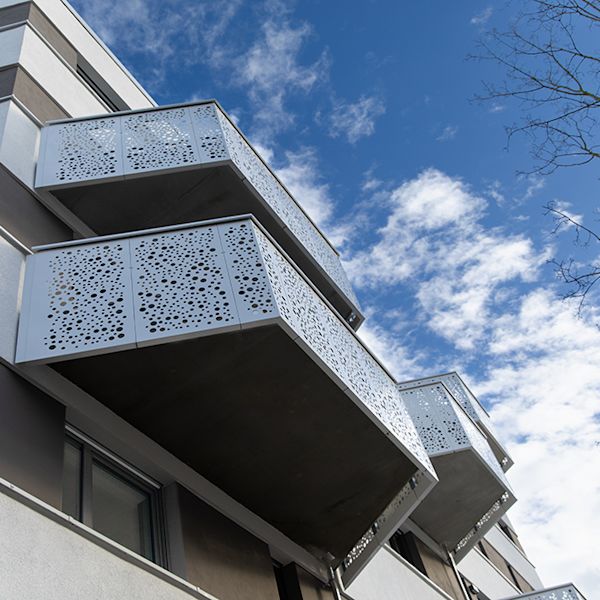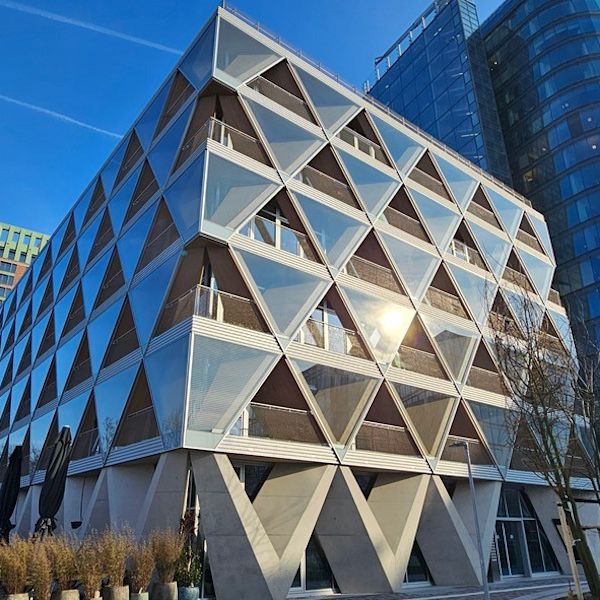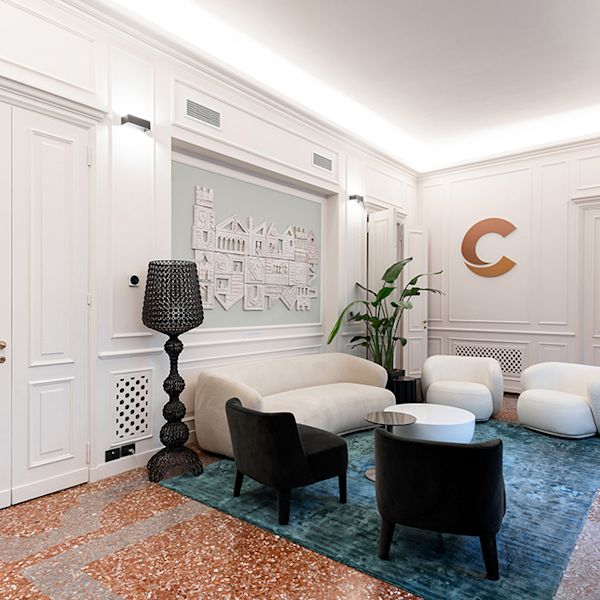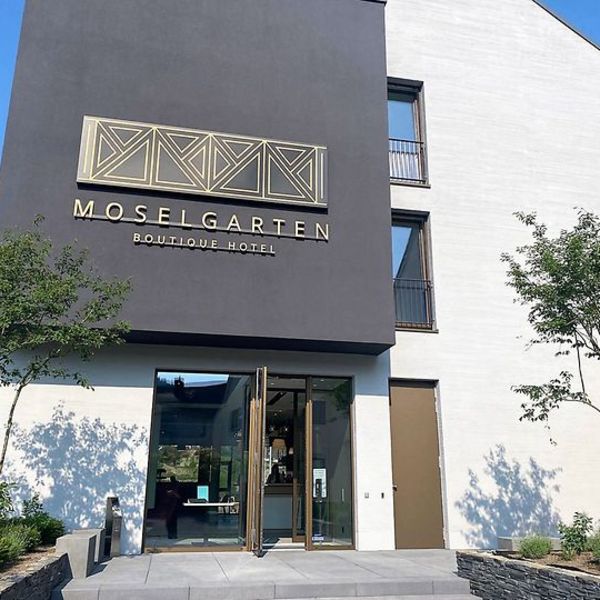Increased accessibility facilitates coordination of patients and saves lives
Details
The future of healthcare calls
Technology & design
At the main entrance, visitors are greeted by a light-filled, two-story glass atrium. Doctors can enjoy downtime on open-air terraces, while patients on the road to recovery can exercise in the hospital’s sky gardens – all aided by a barrier-free design. Fleets of robots deliver meals, clean linen and sanitized surgical tools throughout the facility. From cutting-edge technology to efficient design and a patient-centric approach, innovation is the theme that unites all aspects of the Royal Adelaide Hospital.
Hygiene & accessibility
Smart doors with a touchless design (especially for bathrooms) eliminate the need for door handles, thereby minimizing the transmission of germs. Automatic swinging doors and sliding door operators enable patients using crutches or wheelchairs to move with ease throughout the hospital. The same smart doors, paired with automated access control systems, can also protect patients who are unable to move safely through the hospital on their own or who would otherwise try to leave unaccompanied.
Energy efficiency & green spaces
The hospital has leveraged green technology to reduce greenhouse gas emissions by 50 percent, including by installing energy-efficient fittings, optimizing natural light and harvesting rainwater. Automatic sliding doors contribute to reducing energy consumption. Meanwhile, thermal insulation makes reducing day-to-day energy and heating costs and cutting carbon emissions possible. Outside, the hospital provides just under four hectares of landscaped parks and internal green space for patients and staff to enjoy, including over 70 courtyards, terraces and sky gardens.
